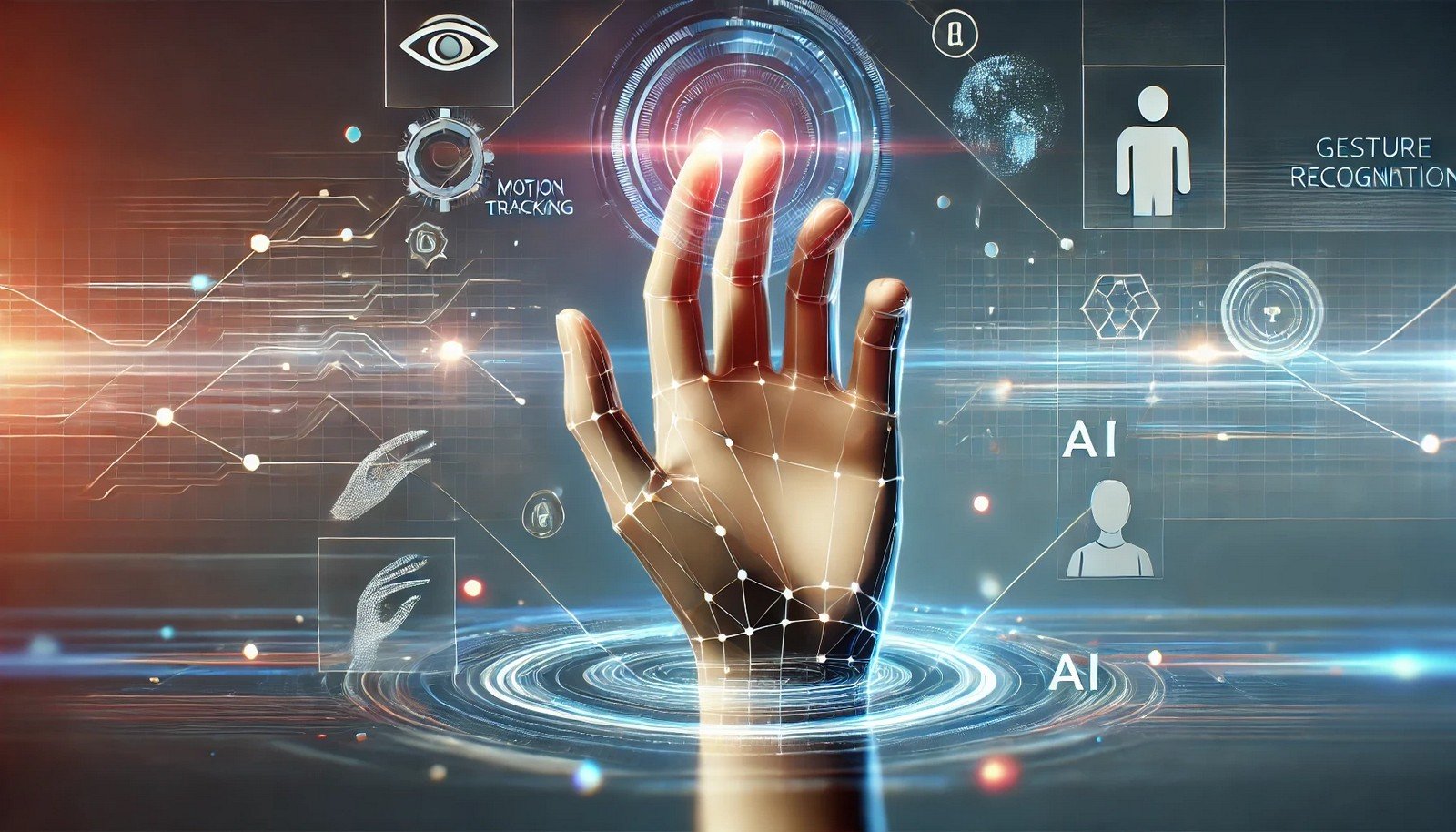Gesture Recognition

Quick Navigation:
- Gesture Recognition Definition
- Gesture Recognition Explained Easy
- Gesture Recognition Origin
- Gesture Recognition Etymology
- Gesture Recognition Usage Trends
- Gesture Recognition Usage
- Gesture Recognition Examples in Context
- Gesture Recognition FAQ
- Gesture Recognition Related Words
Gesture Recognition Definition
Gesture recognition is a technology within the field of artificial intelligence (AI) and computer vision that interprets human gestures through algorithms and models, allowing machines to perceive and respond to specific body movements. Commonly used in gaming, virtual reality, and human-computer interfaces, gesture recognition uses sensors, cameras, and sometimes deep learning techniques to interpret gestures like hand waves, nods, or pointing as commands.
Gesture Recognition Explained Easy
Imagine teaching a robot to understand a wave. When you wave at it, it knows you’re saying "hello." Gesture recognition is like this—it allows computers to "see" what you’re doing and understand actions like a wave or a thumbs-up.
Gesture Recognition Origin
Gesture recognition technology emerged as part of AI advancements in the late 20th century, initially for use in virtual reality. It gained significant traction with the growth of image processing and AI techniques, especially in gaming and interactive technologies.
Gesture Recognition Etymology
The term "gesture recognition" combines "gesture," meaning a movement made to communicate, with "recognition," referring to the act of identifying or understanding something.
Gesture Recognition Usage Trends
Gesture recognition has grown in popularity, particularly with the rise of touchless interfaces and augmented reality. It is frequently applied in sectors like gaming, automotive (for in-car gestures), healthcare (contactless control in sterile environments), and smartphone applications.
Gesture Recognition Usage
- Formal/Technical Tagging:
- Human-Computer Interaction
- Computer Vision
- Machine Learning - Typical Collocations:
- "gesture recognition technology"
- "hand gesture detection"
- "gesture-based control"
- "gesture recognition algorithm"
Gesture Recognition Examples in Context
- Gesture recognition in gaming systems allows players to control games using body movements instead of traditional controllers.
- Medical professionals in sterile environments can navigate through information on gesture-enabled screens without touching them.
- Cars with gesture recognition allow drivers to adjust settings by making gestures without needing to look away from the road.
Gesture Recognition FAQ
- What is gesture recognition?
Gesture recognition is an AI technology that interprets human movements to enable touch-free control in various applications. - How does gesture recognition work?
It uses cameras or sensors and algorithms to detect and interpret body movements. - What applications use gesture recognition?
It’s used in gaming, automotive control systems, virtual and augmented reality, and healthcare. - Is gesture recognition reliable?
With advancements in AI, its reliability has improved, especially with high-quality cameras and sensors. - What is a gesture recognition algorithm?
It’s a program that processes visual data to identify specific gestures like waving or pointing. - How is gesture recognition used in cars?
Drivers can make gestures to control multimedia or navigation systems, reducing the need for physical contact. - What are some common gestures recognized by this technology?
Waving, swiping, pinching, and pointing are common gestures recognized. - Is gesture recognition safe for healthcare applications?
Yes, it’s particularly useful for maintaining sterile environments by allowing touch-free control. - Can gesture recognition work in low light?
Yes, infrared sensors or advanced cameras help achieve functionality even in low-light conditions. - What technology does gesture recognition rely on?
It depends on computer vision, machine learning, and deep learning for accuracy and responsiveness.
Gesture Recognition Related Words
- Categories/Topics:
- Artificial Intelligence
- Computer Vision
- Human-Computer Interaction
Did you know?
Gesture recognition has become essential in virtual reality, enabling players to interact more naturally with virtual worlds by moving their hands, heads, or even entire bodies, creating a more immersive experience.
PicDictionary.com is an online dictionary in pictures. If you have questions or suggestions, please reach out to us on WhatsApp or Twitter.Authors | Arjun Vishnu | @ArjunAndVishnu

I am Vishnu. I like AI, Linux, Single Board Computers, and Cloud Computing. I create the web & video content, and I also write for popular websites.
My younger brother, Arjun handles image & video editing. Together, we run a YouTube Channel that's focused on reviewing gadgets and explaining technology.



Comments powered by CComment